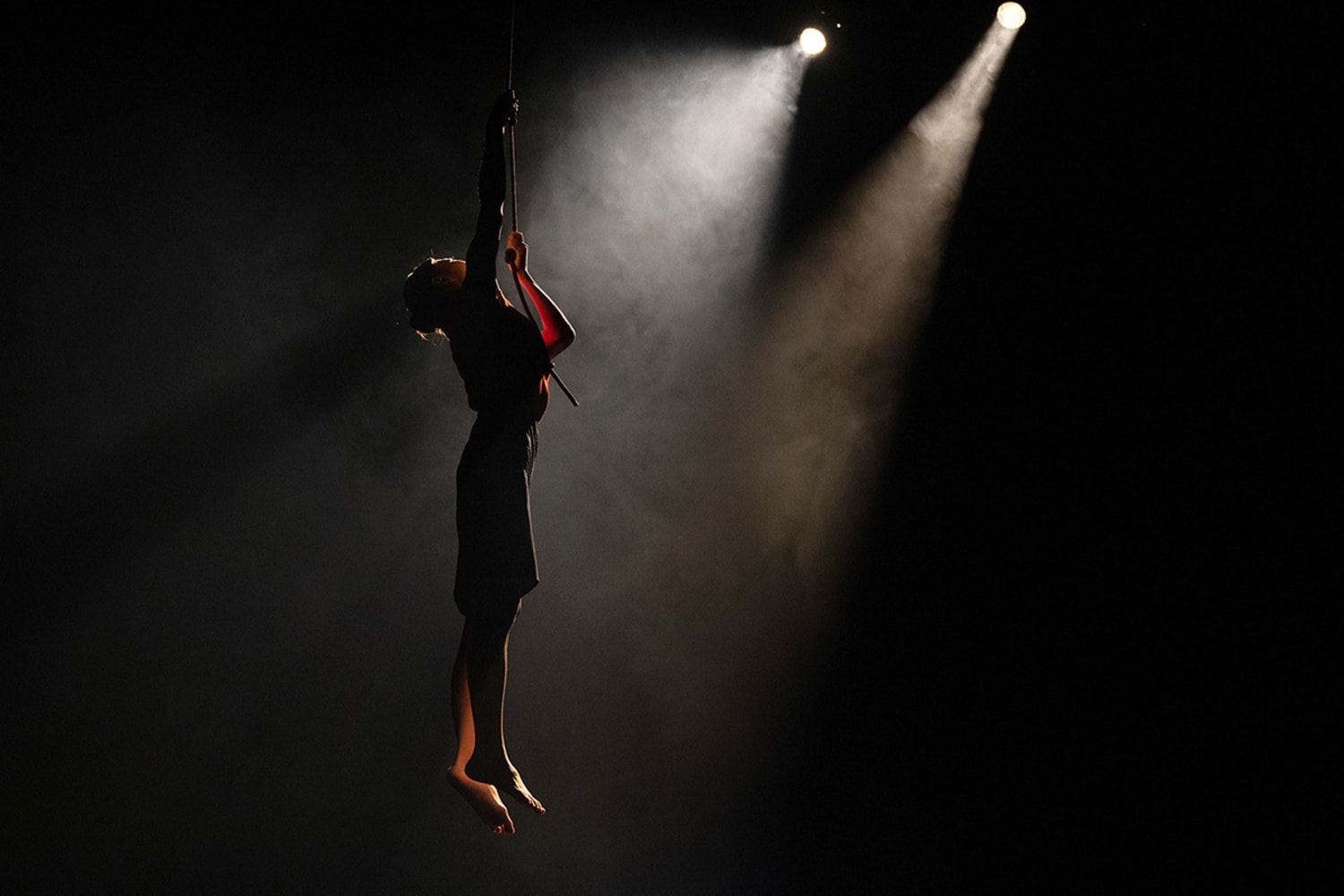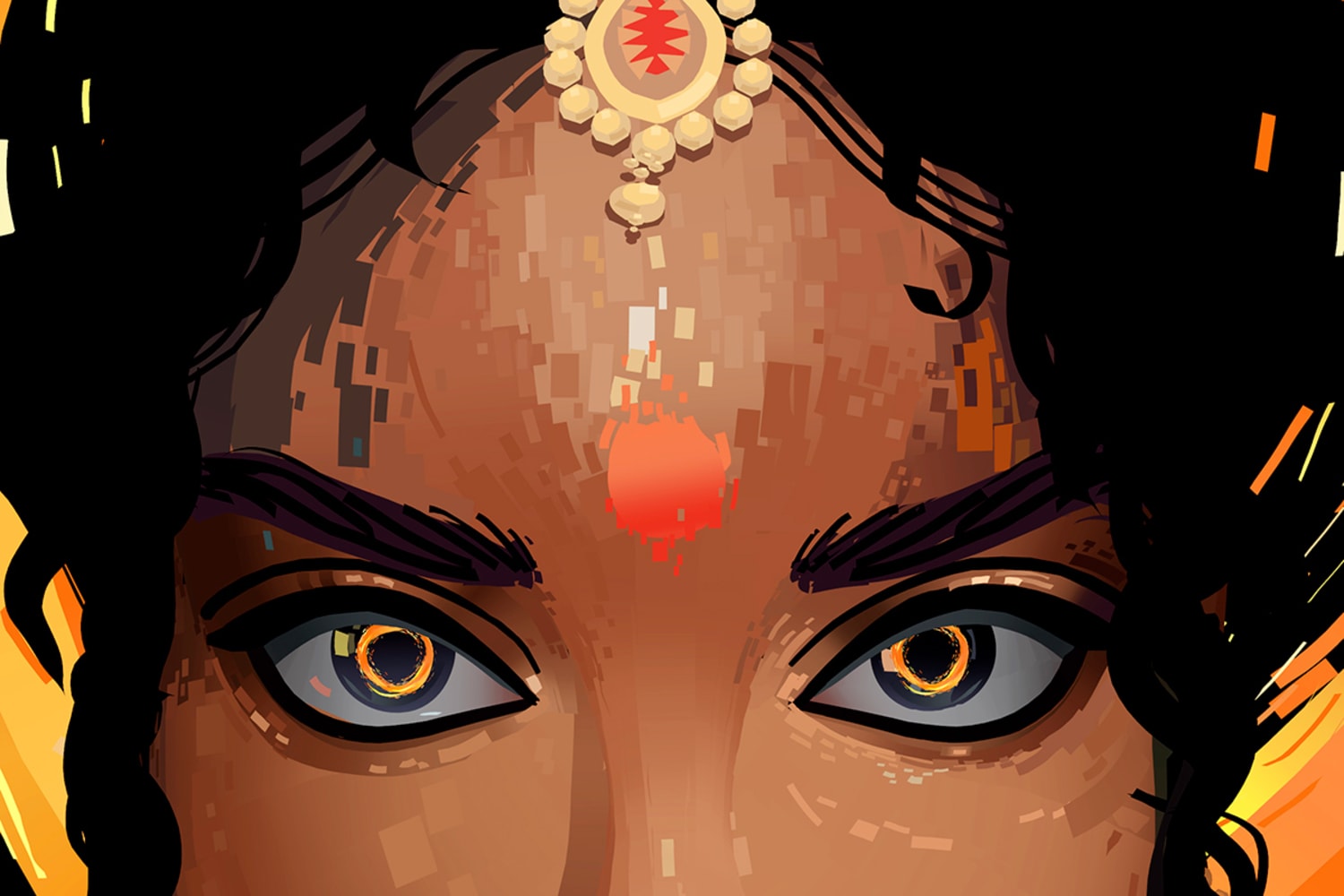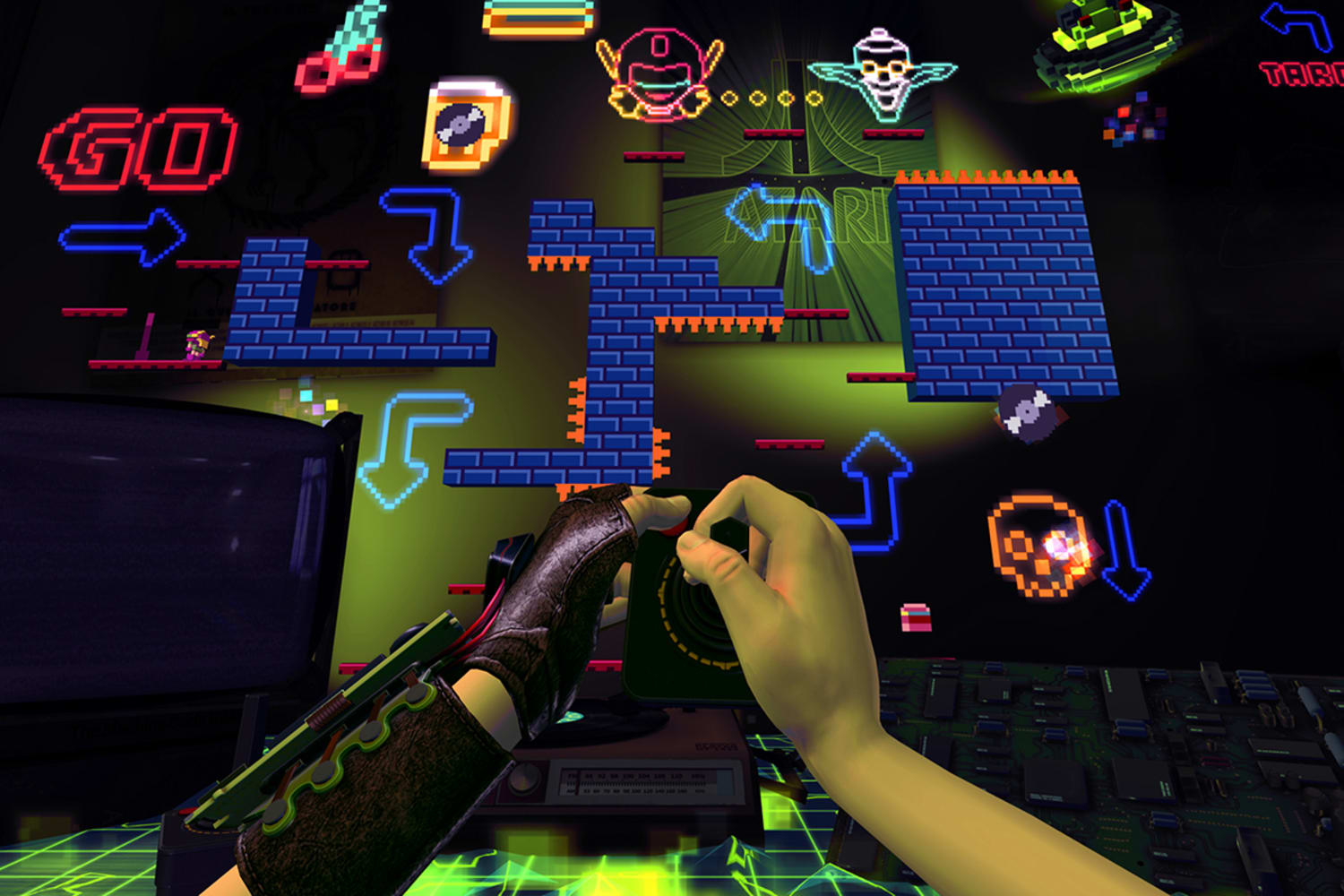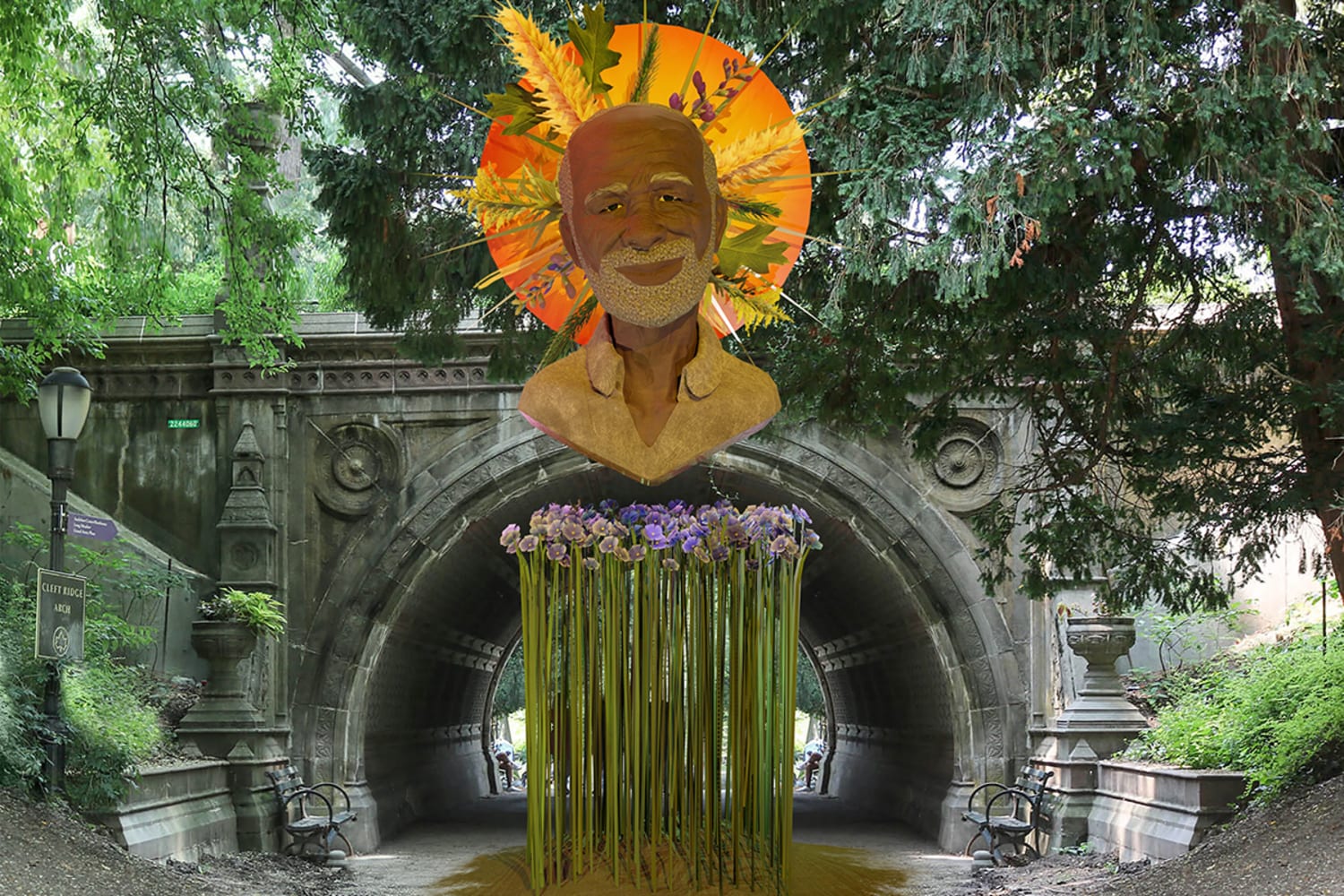The Intelligence team had a front row seat at Tribeca Film Festival’s Games and Immersive film selections this June. We’ve broken down the overarching themes from this year’s entries and unpacking how using technology can transform the message media leaves the viewer with.
How are immersive technologies changing the way we tell, view, and perceive compelling stories?

Cocreative narratives
Over the Rainbow is moving entertainment away from prescriptive storytelling. The avant-garde immersive film aims to create an open-ended experience for audiences—where viewers can see themselves in the art, feel like they’re “implicated” in it, and cocreate their experience of it.
“This is like looking at an abstract painting or work of art,” director Craig Quintero tells VML. “It's less about telling you that there's one answer or there's one way to read it—it's really creating a mirror. So, when the audience sees it, they can also see themselves. It's less to tell you something and more to create an encounter. You're implicated in the process…You're watching it, but then you're in the work yourself.”
Pixel Ripped 1978 also puts the player into the narrative, giving them the perspective of the game creator. “We wanted the main character to be the creator of it all,” Ricardo Justus, founder and CEO at Arvore Immersive Experiences, the studio behind Pixel Ripped, tells VML Intelligence. Set in the ’70s, the game transports the player back to “the golden age of video games” and the birth of Atari (who coproduced Pixel Ripped). “VR is a very creative medium,” Justus says; “a medium that facilitates [cocreation].”

Fearful inspiration
Several films pushed dark messages and emotions to the surface to create a more impactful and lasting response from viewers, leveraging fear to inspire action.
Director Poulomi Basu explains that Maya - The Birth (Chapter 1) is “a long term investigation of violence against women.” In the film, the viewer is the woman herself. “It puts the viewer into this inferior, marginalized space.” Her aim, she explains, was to inspire empathy and action through this character’s life portrayal. “I think people leave this experience feeling empowered and powerful and tapping into their energies, ready to face their own monsters. There’s this hidden power within us, we just have to awaken it and unleash it and take action to make the world a better place for those who are marginalized.”
Monstrorama’s projection of metaphorical monsters pulls another form of sympathy from its audience. Director Clément Deneux tells VML Intelligence that feeling fear, and facing fear, was a large theme in the film. “The idea is to use your own fear, created with the monster, and to free the monster,” he says.
Over The Rainbow, directed by Craig Quintero and produced by Su-Ling Yeh, also plays on intense feelings and scenes. The viewer is made to feel like the subject of the performance, with the characters breaking the fourth wall to make direct eye contact. The piece taps into "a sense of discontent with our own lot, an unquenchable thirst for what is just beyond our reach. Over The Rainbow explores this precarious balance between desire and happiness, fantasy and the familiar."

Social storytelling
Creators are democratizing history with the use of AR—redistributing power structures and making stories more accessible.
Kinfolk: Black Lands is using augmented reality (AR) to bring Black history out of textbooks and put it into the hands of people who have lived—or are living—that history. “The point of the technology and the work that we do is to empower folks to capture their own history,” Idris Brewster, founder and executive director at Kinfolk, tells VML Intelligence. “A lot of the issues that arise with Black history being erased have to do with these power structures around the archive in which the community doesn’t really have any say in what is archived…We need to do things on our own terms. We want to provide the ability to monument make to anyone.”
Fortune, meanwhile, is merging traditional entertainment with social media. Fortune is a segmented, interactive documentary presented in a series of true stories in augmented reality for Instagram & Snapchat. “The idea was to make it accessible, and that’s why we wanted to experiment with social media [via] Snapchat and Instagram,” Claire Meinhard, a project creator and director, tells VML Intelligence. “It was a challenge, because the point of [social AR] was not tell stories,” she says. “We really pushed the technology to tell stories.”

Humanizing hidden stories
Directors emphasized themes of empathy and compassion in their work this year to bring hidden stories to light.
Monstrorama takes viewers through a museum of monsters, but a deeper message lies behind the frightening storyline. “We tried forge a metaphor behind each monster,” Director and project creator Clément Deneux tells VML Intelligence. Viewers, he says, will feel “mixed emotions: thrills, fear," at first, but also, he hopes, "compassion for the monsters."
Kinfolk: Black Lands uses AR to forge an emotional connection with its audience, telling stories that people may not otherwise know, thereby making them accessible, relatable, and relevant to their own lives. “Immersive technology really humanizes people in these histories,” Idris Brewster, director and cast member tells the Intelligence team. “With AR, you can take people back in time as if they were there with these folks; it can be a link between the past, present, and future. We can really shift people’s emotions, perceptions, to make a more memorable experience.”
“VR has the power of collapsing the time space divide and can bring people who don’t belong to this space into a world that is far from them, or they can’t reach,” Project creator, director, and writer of Maya - The Birth (Chapter 1) Poulomi Basu tells us. The story takes a marginalized young woman, shamed after her first period, and resurrects her into a superhero. “She rises from her period, which becomes her superpower,” Basu explains. “It’s all about finding your inner strength and magic and defeating your trauma, shame and stigma. It’s about finding your inner powers and the superhero inside you.”
Main image from the Tribeca Games and Immersive 2023 experience.
Please provide your contact information to continue.
Related Content

Tribeca Immersive 2022: Key trends

